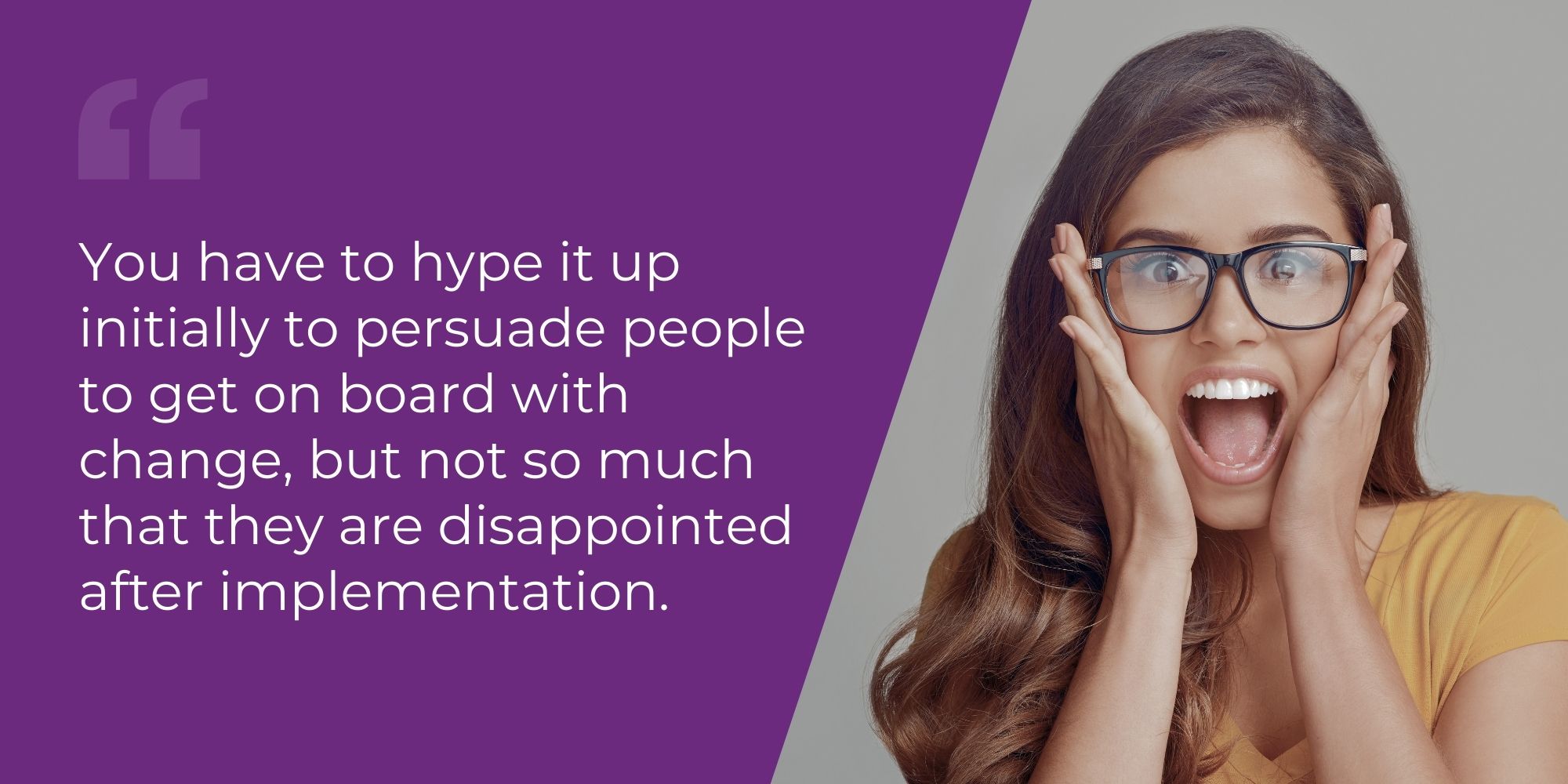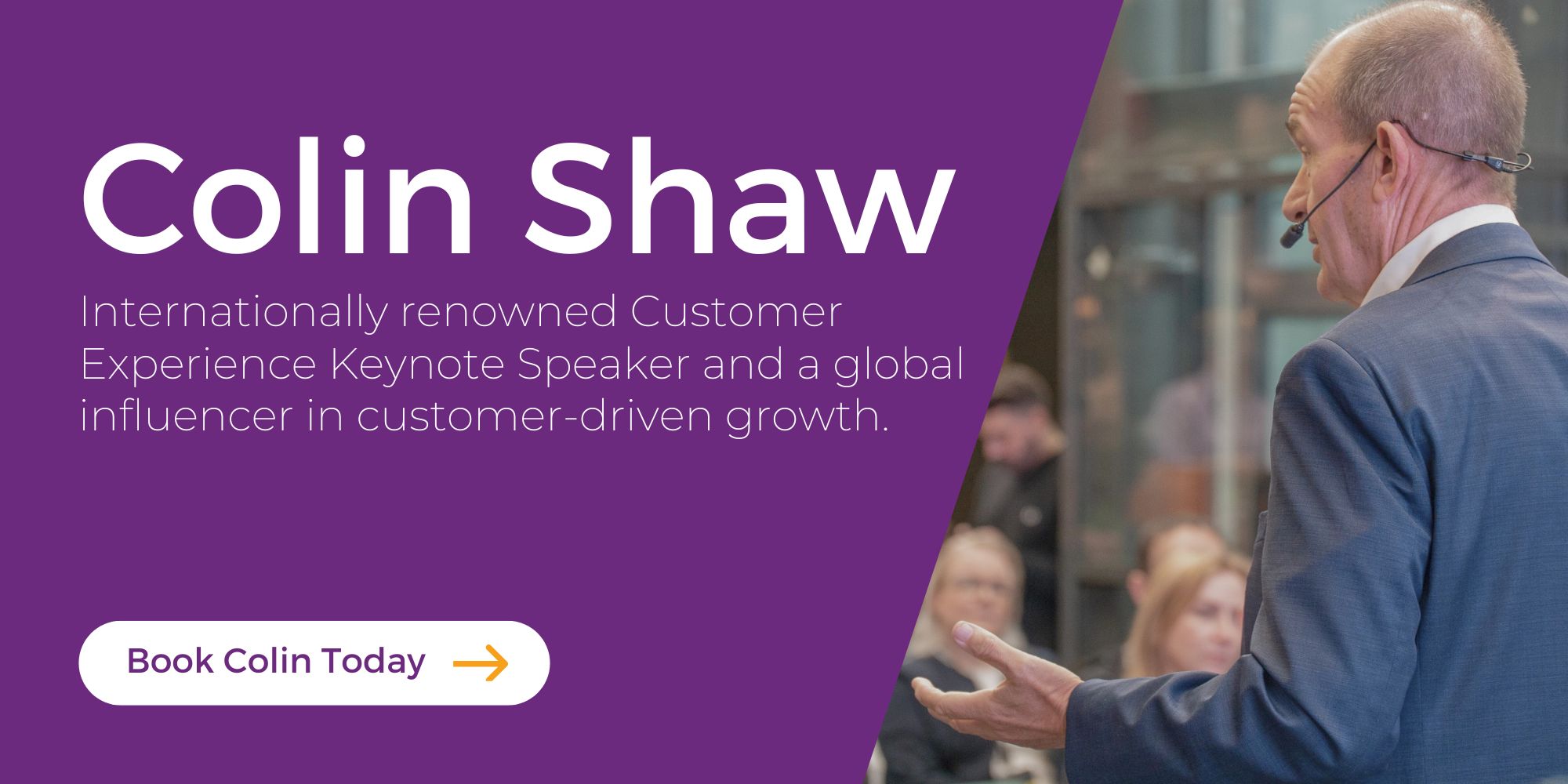Learn more about Colin Shaw: Join over 85,000 people on our LinkedIn Newsletter list or visit our website for more great podcast episodes.
Listen to the podcast:
We all have biases. Some prefer pessimism, some optimism, but they affect us and how we perceive new things. Both have their pros and cons. However, regarding the AI Hype Cycle, as I like to call it, there has been a switch, or a turning point, if you will, and we should talk about it.
Before we get into that, let’s discuss optimism bias’s pros and cons. Optimism bias could be extremely risky from a practical standpoint. Is it optimistic to lean away from proven routes of success to try something new, or is it foolishness?
However, if one never takes a new, unproven route because it’s foolish, what new, wonderful things would we miss out on as humans? No one had ever tried to walk on the moon before the American space program in the 60s. If the US hadn’t, would we be watching footage from rovers on Mars right now? It’s impossible to know for sure, but my point is clear; taking risks on something unproven leads to good things, even if it also leads to failures.
I think of America as an optimistic country. Many people immigrated to the US to seek a better life. They had faith that the New World would provide that opportunity. So, one could argue that the US is optimistic because optimistic people went to live there.
Not surprisingly, it’s probably also why England is a bit pessimistic. All the negative blokes stayed put.
All joking aside, why someone is or isn’t optimistic isn’t what we are discussing today. We are discussing the AI Hype Cycle and whether we have reached a turning point. This video does a good job of setting up the discussion:
So, if you skipped the video to keep reading, here is a summary. Entrepreneurs with new ventures have convinced investors that by collecting large amounts of data on people, these new ventures could produce revenue-driving insights about customers. However, they haven’t. Sure, they collected a lot of data, but they haven’t been able to translate that into business insights.
People tend to overestimate the impact of new technologies in the short run and underestimate the impact of new technologies in the long run. The hype cycle maps this situation out in greater detail.
The Gartner Hype Cycle helps explain the natural course of virtually any technology or anything new that suddenly takes the market by storm.

By Jeremy Kemp at English Wikipedia, CC BY-SA 3.0
The Hype Cycle begins with a technology trigger followed by a peak of inflated expectations. Early publicity generated by the media interest is all about early success stories. Suddenly, this new technology answers everyone’s problem, and the bandwagons start rounding up new converts.
This exciting stage is followed by the trough of disillusionment when interest wanes and failures pile up. Bandwagon members slink off, and the market adjusts. However, the investment doesn’t stop.
What comes next is called the slope of enlightenment. At this point in the cycle, people understand that the early predictions were off and that a different expectation is more realistic. While these realistic expectations also rise, they do not reach the hyperbolic heights of the inflated earlier versions.
Finally, you get to the plateau of productivity, where the new idea or product becomes mainstream. Here, adoption rates increase, criteria set realistic expectations, and implementation becomes wider.
So, to summarize, we get wildly optimistic about what new technologies will do for us, and then we realize, “Well, no… they’re challenging to implement.” Then, there’s this crashing of expectations until we eventually level out somewhere in the middle.
When I implemented a new system in my former corporate role, it took a long time. Often, it could be two years from concept to implementation.
The expectation would become unrealistic, too. We thought the new system would do everything, including making the coffee and brokering World Peace.
It didn’t, of course. Therefore, managing expectations became essential.
Here’s where it is complicated. On the one hand, you want people to be excited, but on the other, you want them to be realistic. So, you have to hype it up initially to persuade people to get on board with change, but not so much that they are disappointed after implementation.

The Constant Growth of Expectations
I have been in the Customer Experience movement for over twenty years now. When I started working in the movement, Customer Experience was a new concept, poised to change business as usual.
It changed business for the better. However, the customer satisfaction measurements were not the skyrocketing graph into the stratosphere that I anticipated.
Were we wrong? Does the Customer Experience matter as much as we thought it should back then?
To answer the first question, we were, but not about the importance of Customer Experience. To answer the second, it does matter every bit we thought it should.
What we were wrong about was what would happen with customers’ expectations for experiences. We didn’t realize early on that the expectations for experiences would rise as the level of experience satisfaction also rose. In other words, the expectations of what an experience should be also changed. So, the gains outpaced the expectations in their increase, but not by as wide a margin as it would have if expectations stayed where they were before the movement began.
If everyone had stagnant Customer Experience expectations, we would have the graph I envisioned all those years ago. The challenge is that as organizations improve what they do for customers, customers get used to better treatment until they expect it.

So, What Did We Expect with AI?
Organizations are drowning in data. However, they don’t know what to do with it, nor do they understand what the data is telling them.
My specialty is looking at Customer Experiences from a rational and emotional perspective. I preach about understanding the subconscious and the psychology that contributes to it.
These same lessons apply to interpreting data. Within that data are the effects of an emotional experience if you know how to see it. Most organizations don’t really.
This optimism bias tends to bite people when we’ve got all our eggs in one basket. So, it is fine to be optimistic that all the data you’re collecting will provide you with insights. However, if your entire business model rests on that, meaning you lose money now collecting big data for those customer-insight-driven profits “someday,” that is a huge risk.
Collecting data for Customer Experience insights is part of what you should do. It would be best if you also collected other data and used it in traditional ways, added expert insights from people with experience in these areas, and explored other new things to do simultaneously, reducing the risks of optimism bias.
The video earlier discusses how many companies built their entire operation on big data optimism. Firms have been doing the same thing with AI, and that brand of optimism concerns me.
Another factor is people’s fear of missing out or FOMO. They see that big data is the thing to collect. So, they start collecting data, too. The problem is their FOMO doesn’t tell them what to do with it.
Moreover, it’s difficult to follow the examples of tech companies like Facebook, Apple, Amazon, Google, and Microsoft. Company leaders learn what these successful companies do with Big Data and mistakenly believe their organizations can do the same and garner the same results.
However, many companies that want to emulate these successful technology companies are legacy organizations with legacy systems run by legacy staff. It isn’t practical to emulate tech companies and expect similar results.
It returns to the idea that people always want a simple solution, the silver bullet that fixes everything. They are optimistic that AI is that silver bullet; however, AI implementations, like Big Data and Customer Experience Programs, are not simple to design, integrate, or implement. So, this would-be-silver-bullet solution will inevitably end in disappointment.

So, What Should You Do With This?
At this point, it’s fair to wonder how to keep taking necessary risks without ruining your chances of succeeding by risking too much. My advice is to temper the risks of optimism by placing small, optimistic bets instead of letting everything ride on your optimism.
When I started Beyond Philosophy all those years ago, I left a highly-paid, stable corporate position to do so. I was optimistic that my new business venture would work out.
My father was not. It helped me to hear his points, even though I didn’t heed his advice or agree with his concerns.
This taught me that the experience of having input from someone with an opposite view is important in any situation. If too many people echo how everything is wonderful as you roll along, you might not realize you’re heading for the cliff.
So, have a devil’s advocate, someone who isn’t as confident as you are in your optimistic path, weigh in, too. This person can help you see some of the blind spots that maybe you’re not looking at closely enough.
If you get lots of different views, you’ll get to a much better place—or at least a place that isn’t the floor of a chasm below a cliff.

Colin has spoken at hundreds of conferences, including some of the world’s largest brands. Talk to Colin about how he can speak ‘in person’ or ‘virtually’ at your conference. Click here.


